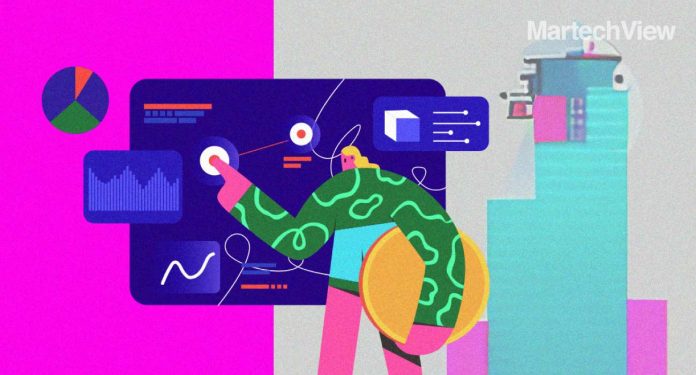Unlock customer potential with real-time data. CDPs unify and activate data for personalized experiences, driving growth and lasting relationships.
Today, many organizations are under pressure to deliver great customer experiences, drive growth—but not at any cost—and scale efficiently. It is widely known that the better we understand our customers and can deliver experiences, the happier and more loyal they will be. That means answering your customers’ questions in a relevant manner, providing them with the right information in the moments that matter most, and even anticipating situations by offering more personalized solutions. While this vision is not new, the technology to deliver it is.
Unlocking potential with Customer Data Platforms (CDPs)
The key is capturing behavioral (in-the-moment data)—think of it as the pulse of your buyer. Organizations use CDPs to collect data in real-time (sub-milliseconds), then unify and activate it. A CDP creates comprehensive customer profiles that enable real-time data collection, processing, and activation using artificial intelligence (AI) by integrating and unifying data from multiple sources. CDPs empower businesses to orchestrate data across all touchpoints, delivering the most relevant and timely experiences. Whether syncing CRM systems or tapping into cloud data warehouses (CDWs), a CDP ensures organizations maximize customer insights.
Tealium’s study revealed that many respondents have either implemented or are in the process of implementing a CDP. Their 2025 Future of Customer Data report shows that 79% of respondents realized ROI within 12 months of implementation. Plus, with AI on the rise globally, 81% of CDP users reported high satisfaction with their platform’s ability to support AI and ML projects. With a robust CDP, companies can move beyond fragmented experiences to create a seamless, omnichannel customer journey.
Also Read: Composable CDPs: The Marketer’s Secret Weapon for Data-driven Success
Real-time data provides an advantage
Businesses that embrace real-time data gain a competitive edge by staying ahead of trends and market changes. Enhanced decision-making becomes possible, while increased efficiency allows teams to address issues promptly and reduce downtime. Most importantly, real-time data enables businesses to deliver superior customer experiences. Personalized, context-aware interactions delight customers and build trust and loyalty, transforming customer relationships into long-term value. For example, personalized offers can be delivered in retail based on in-store and online behavior. Ads or offers can be triggered based on real-time customer actions, increasing relevance and engagement. Customers can access real-time updates on bookings, flight changes, and location-specific offers in travel. In healthcare, a provider can leverage call center data with web data to ensure the right experience is delivered. The key is marrying real-time, in-the-moment data with historical data for relevance.
To harness the power of real-time data effectively, businesses must eliminate data silos and ensure all teams have access to accurate, consented data across the organization. Breaking down organizational silos and involving all stakeholders ensures that customer experiences remain consistent and cohesive. Defining and refining key performance indicators (KPIs) is essential to measuring success. Businesses can develop CLV-focused metrics that align with their customer-focused strategies by partnering with finance and data science teams. Not every strategy will succeed immediately, but real-time insights allow organizations to identify what works, pivot from what doesn’t, and continually refine their approach.
Also Read: Why Your Data Strategy Matters Now More Than Ever
Creating customer experiences that last
In the era of real-time data, successful businesses will embrace a “customer-obsessed” mindset. Real-time data enables organizations to predict needs, personalize experiences, and foster loyalty, transforming customer relationships into long-term value. With tools like CDPs, companies can centralize their data strategy, ensuring no opportunity to “own the moment” is missed. The result? Stronger relationships, increased CLV, and a competitive advantage in an ever-changing marketplace. By leveraging real-time data, companies are not just meeting customer expectations but exceeding them. And that’s the key to building the exceptional experiences that define modern business success.










